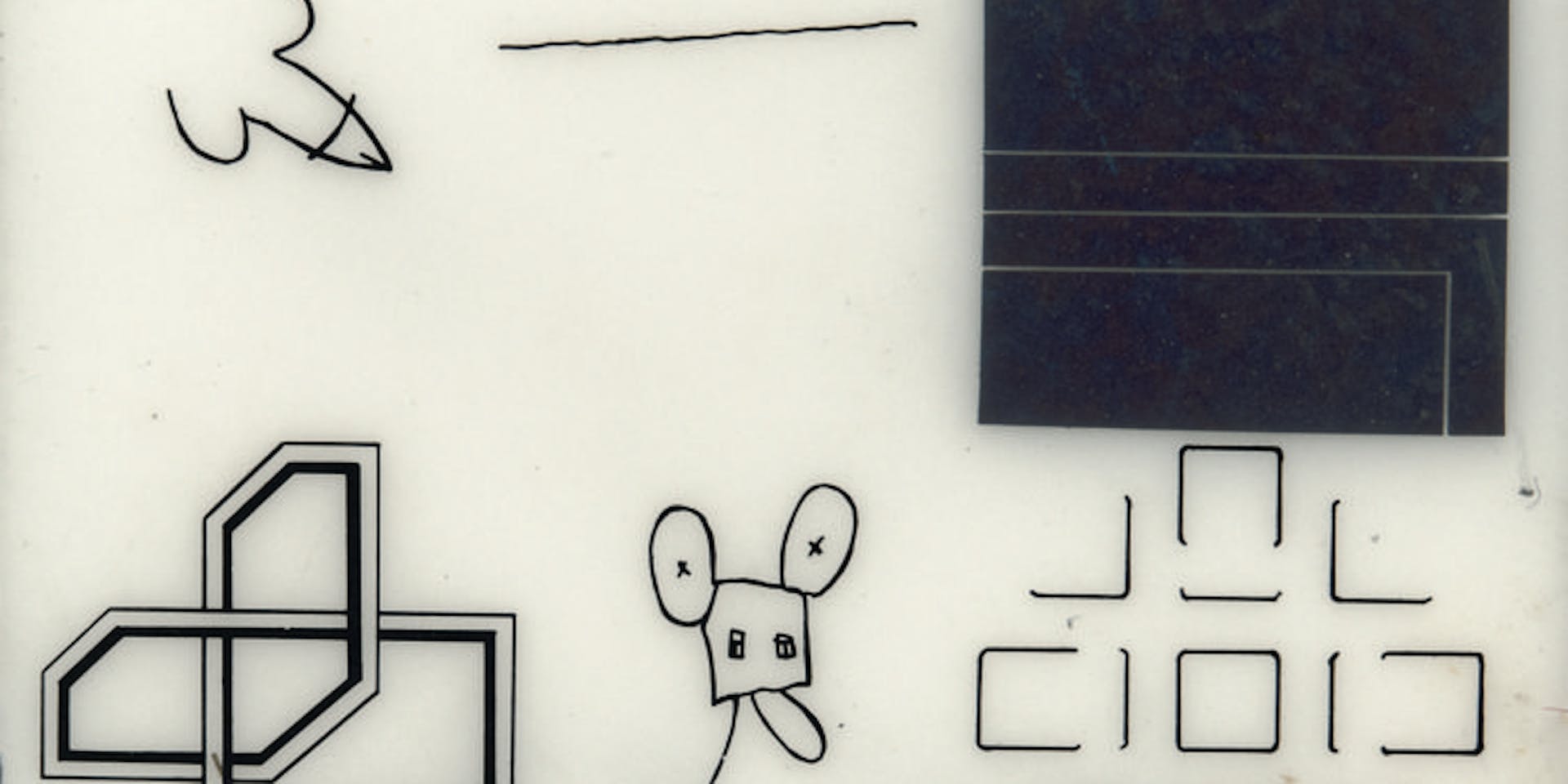Interstellar bottles - Episode 2: Did the americans really hide a museum on the moon?

An obscure letter, a daring engineer and tiny works of art: in 1969, the Apollo 12 mission left behind a museum on the Moon containing works by artists of the era, including Andy Warhol. Is this an incredible reality or an exhilarating fable? The mystery remains unsolved, despite some compelling investigative elements...
Forrest Myers still doesn't know who sent him the yellow note. It happened more than 50 years ago, on November 12, 1969. The young American sculptor was having dinner in his New York apartment when the doorbell rang. Myers opened the door to find a Western Union agent handing him a mysterious telegram.
The message came from Cape Canaveral, Florida, two days before the launch of the Apollo 12 mission. Myers frowned as he read the short, all-caps message that seemed to crown an enigmatic mission with success: "YOUR ON 'A.O.K. ALL SYSTEMS ARE GO". The message was signed 'JOHN F'. Myers shivered with elation. His secret plan had worked...
How could a 28-year-old artist with a solid build and a bushy moustache, a star in the New York art scene, have anything to do with NASA? In addition to his art, Myers was fascinated by space exploration. After watching the achievements of Apollo 11 and the first steps man on the Moon, he dreamed of bringing art aboard the forthcoming Apollo 12 mission...
In how? By creating a small museum and having the NASA spacecraft deposit it on the silver planet. So he asked some artist friends to create works for the epic journey.
David Novros, one of the earliest minimalist painters, contributed a geometric shape reminiscent of an electric circuit, John Chamberlain, known for his sculptures made from compacted car wrecks, donated a piece too. Myers chose an abstract symbol, the Swedish sculptor Claes Oldenburg sent a Mickey Mouse, while Pop Art precursor Robert Rauschenberg went ultra-minimalist, contributing a drawing of a single line. Andy Warhol, the project's star guest, sketched a rocket that evoked a part of the male anatomy.
"Your on ‘A.O.K. All Systems are GO."
The challenge was to find space for these creations aboard the spacecraft. This was not an easy task when every kilo sent to the Moon was worth its weight in gold. Myers finally had come up with a solution: miniaturising the works. He called in Fred Waldhauer, an engineer at Bell, who managed to etch them on a small ceramic plate measuring 1.4 cm wide by 1.9 cm long.
To achieve this feat, Waldhauer used a process used to shape telephone circuits, making a total of about 20 plates. Myers then contacted NASA to persuade them to send one of the plates to the Moon. But the American agency showed no interest in his idea.
Discouraged at first, the mastermind behind this farfetched project refused to give up. Finally concluding he’d have to get his micro-museum on board the spaceship in secret. To accomplish this manoeuvre, he asked Waldhauer to contact an engineer he knew at Grumman Aircraft, the company that built lunar modules for Moon landings.
The anonymous engineer agreed to participate in the secret mission. According to experts, he hid the small plate containing the artwork in a crease of one of the thermal blankets covering the legs of the Intrepid, the lunar module that successfully landed with the Apollo 12 crew.
The engineer knew full well that when the crew left the dusty lunar soil after nearly eight hours of exploration, they would eject the lunar module’s feet. Indeed they remain on the Moon exactly as they were left that day. Does one of them contain the micro-museum? It's impossible to say for sure, but the chances seem high. The mysterious double agent, who could well be the famous "JOHN F" behind the telegram, has never been identified and Waldhauer has since died. The story of the Lunar Museum remains shrouded in mystery...